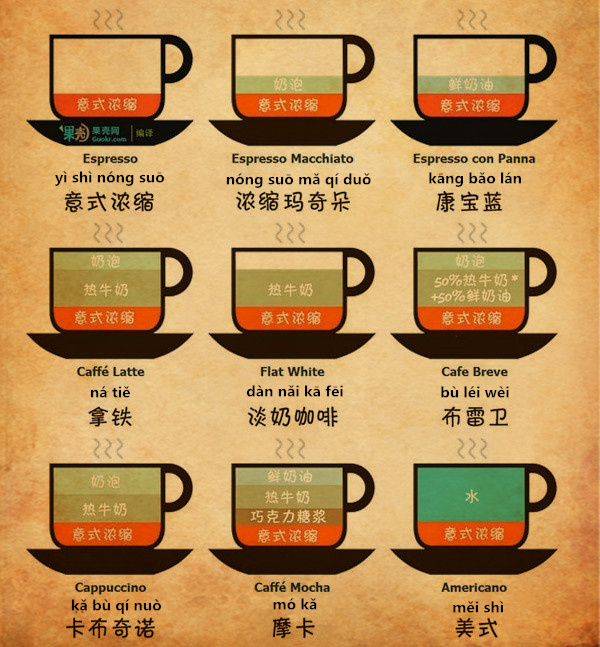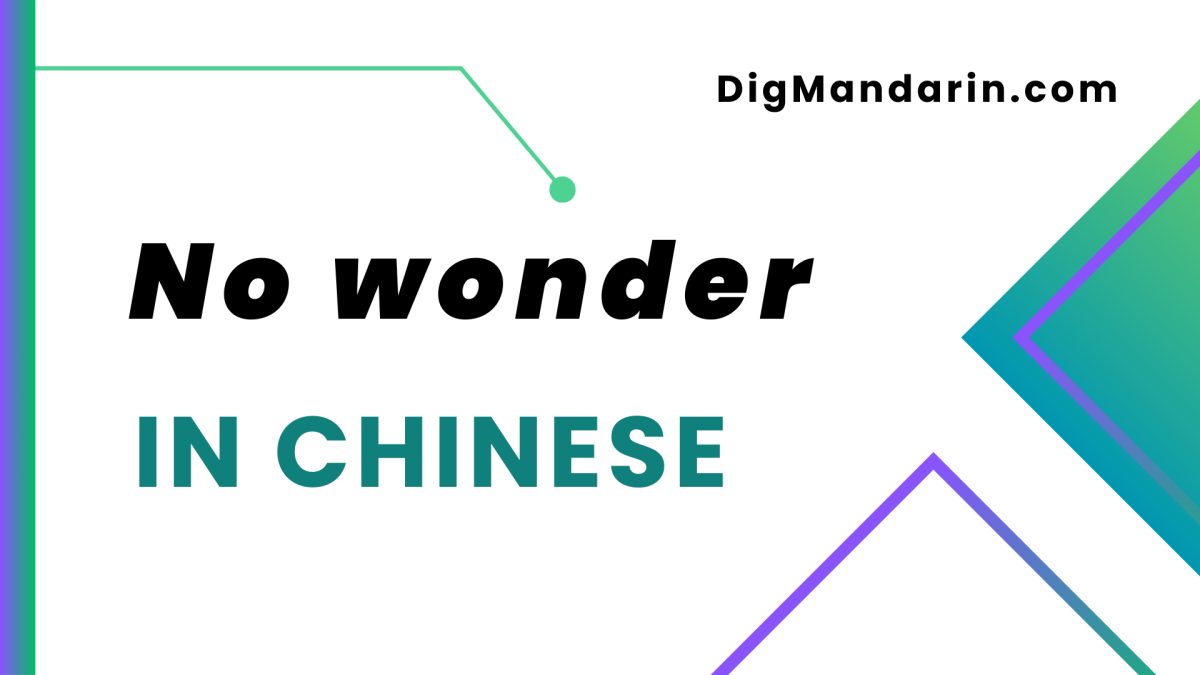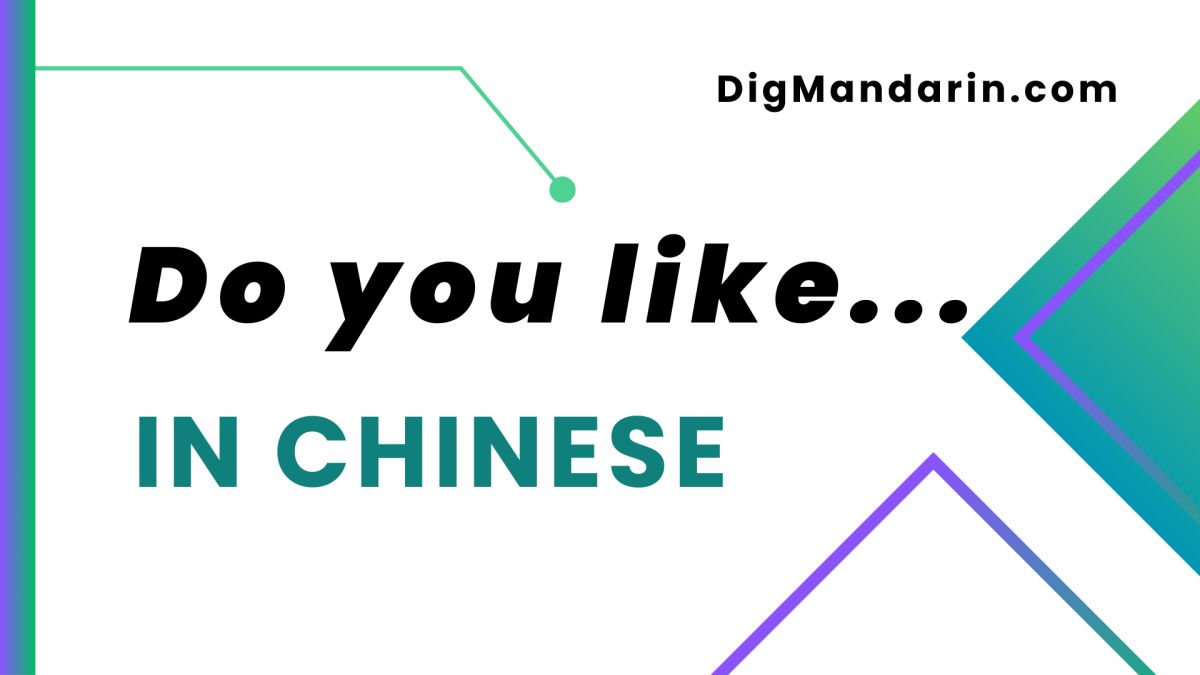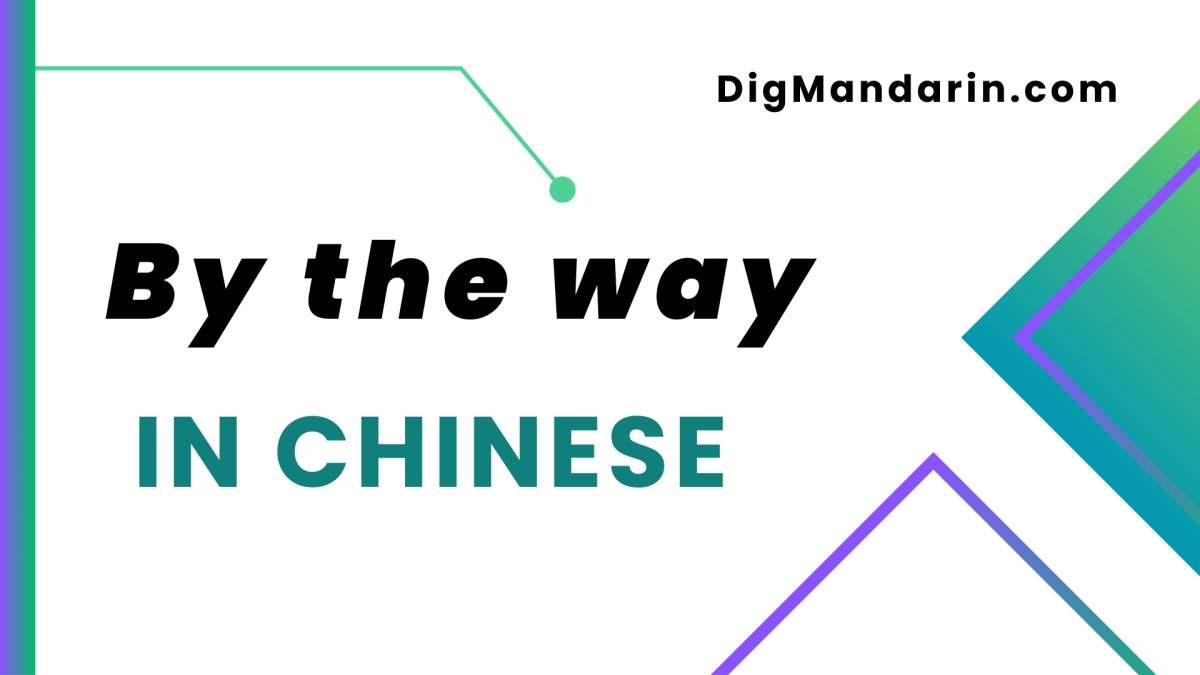Mandarin Chinese Coffee Vocabulary for the ‘Up-and-Coming’ Chinese Coffee Market
In addition to having the one of the strongest tea cultures in the world, coffee culture is also exploding in China. As of July 2015, Coffee Consumption is in a growth cycle of 7x the global average, about 25% to 30% year on year.① With Coffee Cafe’s popping up everywhere, themes and gimmicks to set them apart from the rest are popping up too! You can hang out with docile, pettable cats in a cat cafe while drinking coffee, or you can drink coffee made from beans that cats have pooped out! (猫屎咖啡 – Māo shǐ kāfēi is also known as Kopi Luwak, or civet Coffee – lit. Cat Feces Coffee.) You can even visit the re-created set of FRIENDS in Shanghai and have a cup of Joe(y) at Central Perk.② Regardless of your preference of location or fake TV coffee shop, there is something for every stripe of coffee lover in China.
When you visit, you will need to know what to say, so without further adieu, here are some useful vocabulary and phrases for ordering Coffee in China.
Coffee: 咖啡 (kāfēi)
- I want coffee. 我要咖啡 (wǒ yào kāfēi.)
- I want a medium coffee. 我要中杯咖啡 (Wǒ yào zhōng bēi kāfēi)
- I want a large coffee. 我要大杯咖啡 (Wǒ yào dà bēi kāfē)
- I want another cup of coffee. 我要再来一杯咖啡 (Wǒ yào zàilái yìbēi kāfēi)
Espresso: 浓缩咖啡 (nóngsuō kāfēi)
Cappuccino: 卡布奇诺 (kǎbùqínuò)
Refill: 续杯 (xùbēi)
- Do you give free refills? 你们这免费续杯吗? (Nǐmen zhè miǎnfèi xù bēi ma?)
Sugar: 糖 (tang)
Milk: 牛奶 (niúnǎi)
Iced Coffee: 冰咖啡 (Bīng kāfēi)
Hot Coffee: 热咖啡 (Rè kāfēi)
Depending on where you are ordering in China, coffee can cost anywhere from 7RMB to 30RMB per cup. Typically, larger chains such as Costa or Starbucks will command a higher price, with luxury boutiques being even higher. Upscale imported Italian coffee bars, or at the infamous aforementioned 猫屎咖啡, being upwards of 100RMB per cup. With the upward trend of Chinese becoming cash rich and time poor, Chinese consumers are willing to pay more for convenience as opposed to taking the time to wash a tea set, and with Starbucks projecting a growth of over 1500 stores up to 3000 by 2019, it seems that coffee is set to dominate as the drink of choice for up and coming Chinese youth. With the shift from coffee being a lifestyle product for Tier 1 cities, to a functional drink for mass consumption, Coffee is really catching on in China!
What are your thoughts? Do you like coffee? What words would you add to this list?
Leave a comment below and share your thoughts on China’s coffee scene!
Reference:
① http://www.cctv-america.com/2015/07/28/coffee-culture-is-growing-in-china
②http://www.timeoutshanghai.com/features/Blog Food_Drink/21844/Spotlight-The-Friends-Cafe.html






You only described coffee types made with an espresso machine (or Keurig, I suppose). How about drip coffee? Also, how do you ask for different roasts? Light roasts retain the flavor of the individual bean, whereas dark roasts tend to have the roastiness dominate over the bean’s original flavor.
Hi idalton, Thank you for your comment!
To be honest, I don’t claim to be the foremost authority on Coffee or a connoseiur, and normally I just order a regular coffee, but if I were to order different roasts, this is what I would say:
Light Roast – 光烤 or Guāng kǎo
(For medium light roast, you could say 中光考)
Dark Roast – 暗烤 or Àn kǎo
So you could shorten it to guang kao and say 要一杯光考。(Yao Yi Bei Guang Kao) For medium light roast, you could say 中光考。 For dark roast you could say,
现磨咖啡 xiànmó kāfēi – would be freshly ground or Drip Coffee.
Hope this helps!
Freshly ground has nothing to do with the difference between drip coffee and espresso, although it does exclude Keurigs and similar devices. No matter what kind of coffee you’re making, you can freshly grind the beans or buy pre-ground coffee. An espresso machine forces hot water at high pressure through the ground coffee, resulting in a small amount of coffee called a “shot,” which can be added to milk, cream, water, etc. to make the various kinds of coffee shown in the picture in your article. The last kind, espresso added to water, is called Americano, but is quite different from the coffee Americans have been used to drinking (espresso has only become popular in the last few decades).
Americans are used to drinking drip coffee, which is made in a completely different way. Ground coffee is placed in a cup-shaped coffee filter over a pot, and hot water is slowly dripped through it, until the pot has several cups worth of coffee in it, which takes several minutes. A shot of espresso is only about 44mL, but a cup of drip coffee is larger, more dilute, and has a subtler taste.
There are, of course, other ways of making coffee, like the aforementioned Keurig machines, French press, Turkish coffee, moka pot, and so on, but I don’t know much about them. I also don’t know what kinds of coffee are and are not common in China and other Chinese-speaking countries.
In Yunnan, I’ve also come across different roasts identified as
Light – 浅度 qiǎn dù
Medium – 中度 zhōng dù
Dark – 深度 shēn dù